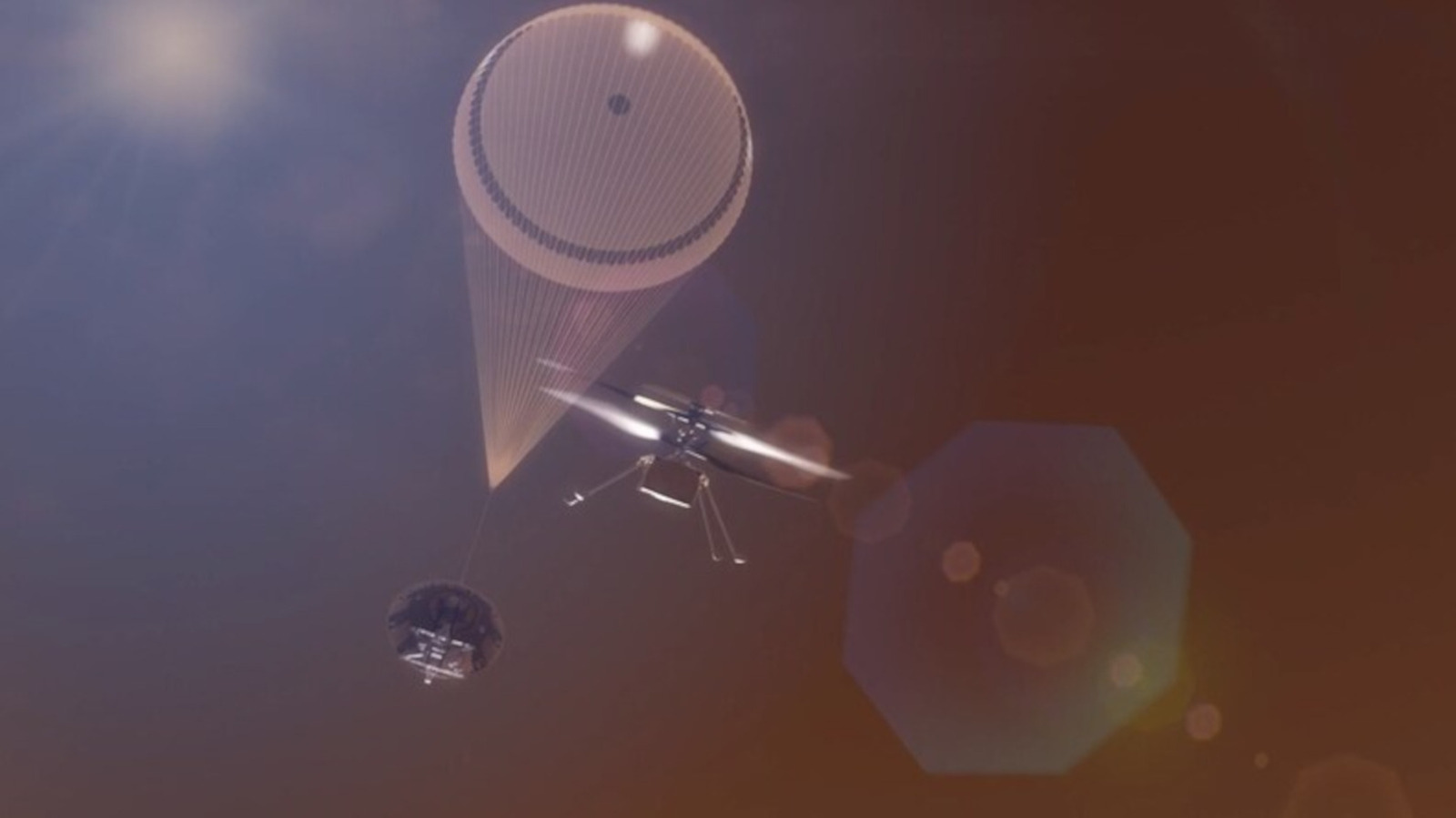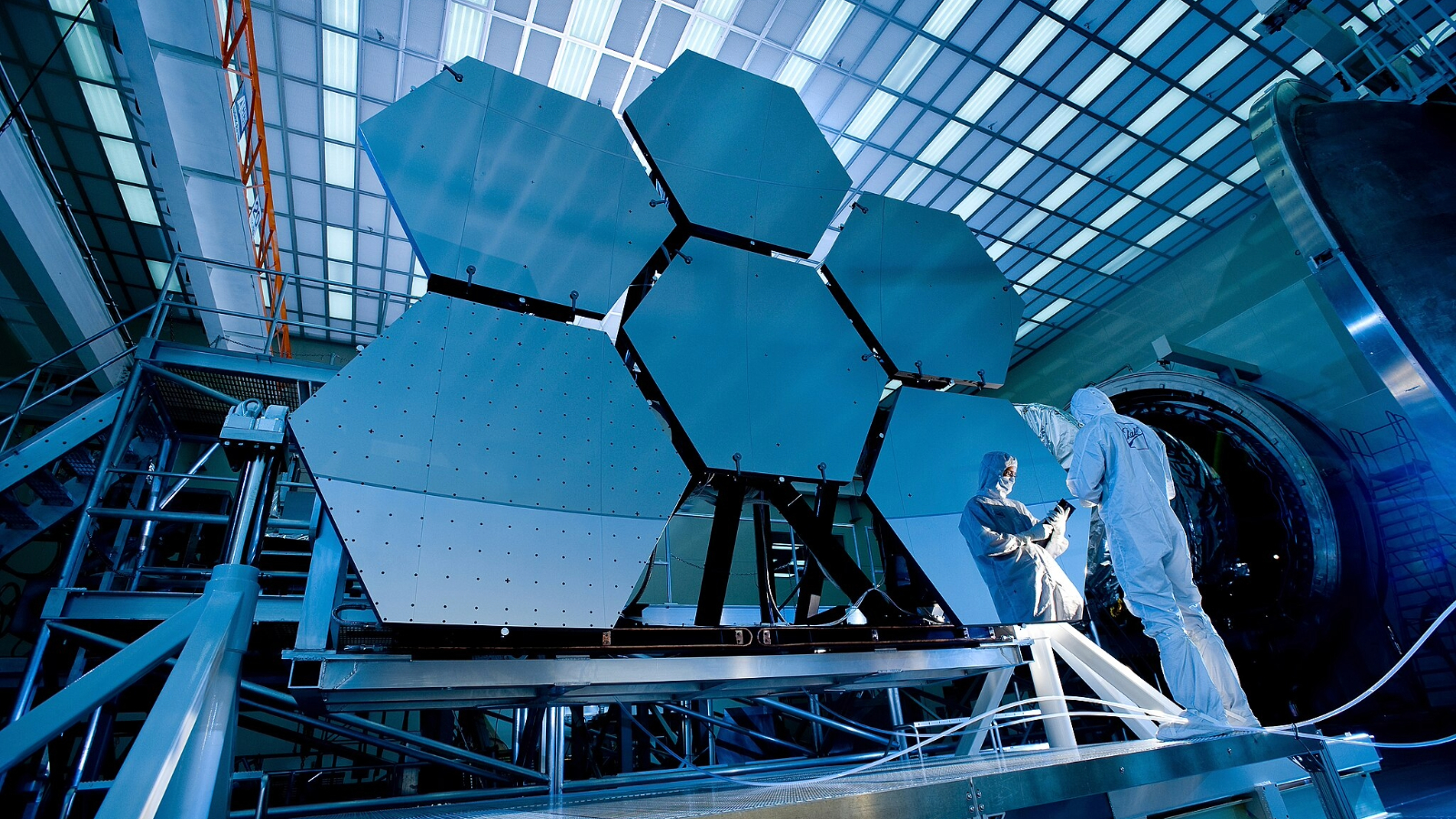T4K3.news
NASA Successfully Revives Juno Camera after Radiation Damage
Mission scientists restored JunoCam's functionality before capturing images of Jupiter's moon Io.

A clever engineering approach has preserved Juno's camera despite Jupiter's radiation dangers.
Creative Engineering Saves NASA’s Juno Camera from Jupiter’s Harsh Environment
NASA’s Juno spacecraft, launched in 2011 to explore Jupiter, faced serious challenges from intense radiation fields. In December 2023, the JunoCam, which is vital for capturing images of the planet, began to show signs of damage after nearly 47 orbits. The mission team had to act quickly from Earth, resorting to a technique called annealing to heat the camera and restore its functionality. After some setbacks, this method proved effective in allowing JunoCam to capture remarkable images of Jupiter's moon Io, showcasing previously unseen volcanic activity. This success demonstrates the innovative potential of remote engineering solutions in space missions.
Key Takeaways
"We commanded JunoCam’s one heater to raise the camera’s temperature to 77 degrees Fahrenheit."
This quote shows the precise measures taken by the team to fix JunoCam's issues during the mission.
"Juno is teaching us how to create and maintain spacecraft tolerant to radiation."
Scott Bolton emphasizes the broader implications of the mission's findings for future satellite technologies.
Juno’s situation highlights the need for adaptable technology in space exploration. The remote solution not only salvaged the mission’s key imaging capabilities but also offered valuable lessons on managing radiation exposure. As Juno continues to provide insights, its findings may influence future satellite designs for both commercial and defense applications. This incident serves as a reminder of how ingenuity in engineering can overcome seemingly insurmountable challenges in the harsh environment of space.
Highlights
- Creativity in engineering can overcome the toughest challenges in space.
- NASA's Juno proves that ingenuity knows no bounds even from millions of miles away.
- Juno's story is a triumph of remote problem-solving in the face of adversity.
- The lessons from Juno will shape the future of satellites for Earth and beyond.
Engineering Challenges Amid High Radiation Risks
The necessity to combat radiation-related issues in space missions poses significant challenges for engineers and scientists.
As Juno continues its journey, it stands as a testament to human ingenuity in overcoming obstacles.
Enjoyed this? Let your friends know!
Related News

NASA Opportunity Rover Ends Historic Mission

The Naked Gun set to revive comedy spoofs this weekend

Alice Cooper reunites for new album

NASA plans to deploy six helicopter drones on Mars

Musk Announces New Chat Feature for X

Red Sonja reboot production begins in Bulgaria

James Webb Space Telescope unveils ancient galaxies

NASA's X-59 aircraft begins crucial taxi tests
